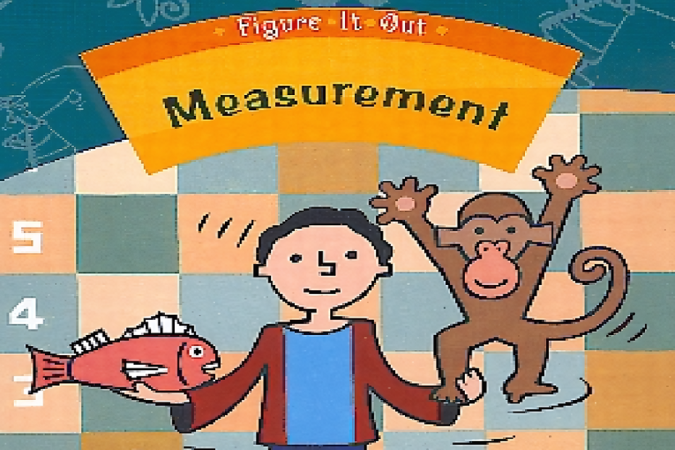Cooking time
This is a level 3 measurement strand activity from the Figure It Out series. A PDF of the activity is included.

About this resource
Figure It Out is a series of 80 books published between 1999 and 2009 to support teaching and learning in New Zealand classrooms.
This resource provides the teachers' notes and answers for one activity from the Figure It Out series. A printable PDF of the student activity can be downloaded from the materials that come with this resource.
Specific learning outcomes:
- Solve problems involving time.
Cooking time
Achievement objectives
GM3-1: Use linear scales and whole numbers of metric units for length, area, volume and capacity, weight (mass), angle, temperature, and time.
Required materials
- Figure It Out, Level 3, Measurement, "Cooking time", page 23
See Materials that come with this resource to download:
- Cooking time activity (.pdf)
Actvity
This is a problem-solving activity using time calculations. You may have students work in problem-solving groups of two to four. Encourage them to take a little time to understand the problem. It may help them if they restate the problem in their own words.
If the students come up with 12 minutes as the answer, have them make a chart showing the algebra pattern for an even number of patties:
Number of patties |
Total minutes |
|---|---|
2 |
6 |
4 |
12 |
6 |
18 |
8 |
24 |
Have the students look for a pattern on their table. Ask them how long three patties would take to cook following this pattern. The pattern should suggest 9 minutes. The task is now to prove that 9 minutes is a practical answer.
This is an ideal problem that can be solved by acting it out. Have the students record the position that each patty needs to be in every 3 minutes:
Patty 1 |
Patty 2 |
Patty 3 |
Minutes |
|---|---|---|---|
Side 1 |
Side 1 |
Not cooking |
3 |
Not cooking |
Side 2 |
Side 1 |
6 |
Side 2 |
Cooked |
Side 2 |
9 |
This is a variation on the well-known “jugs” problem. The problem is relatively easy if you allow students to guess when the 2-minute timer is halfway through and the damper is put on the fire at that point. They would then just use the 5-minute timer, followed by the 2-minute timer again. The problem is more challenging if you insist on exactness and have students look for a method that will work without estimating a halfway point.
Making a chart or acting it out would be good strategies for students to try while they look for a solution. The question asks how Robinson uses both timers to cook his bread. This eliminates the possibility of using the 2-minute timer four times.
Students will need to understand that, because she is using a microwave, Esther must work out the cooking times for each item separately and then add them together.
Activity 1
1.
9 minutes
2.
21 minutes
Activity 2
One solution:
Start both timers together. When the 2-minute timer has run out, start cooking the damper bread because there will be exactly 3 minutes left on the 5-minute timer.
When the 5-minute timer runs out, flip it over again and let it run for the full 5 minutes. 3 + 5 = 8.
Activity 3
A possible meal:
- 4 potatoes at 3 minutes each = 4 x 3 = 12 minutes
- 4 corn cobs at 2.5 minutes each = 4 x 2.5 = 10 minutes
- half a head of cauliflower at 10 minutes = 10 minutes
- 1.2 kg of chicken is the same as 500 g + 500 g + 200 g. This means the cooking time will be 10 minutes + 10 minutes + 2/5 of 10 minutes = 24 minutes.
Total time = 56 minutes
The quality of the images on this page may vary depending on the device you are using.


